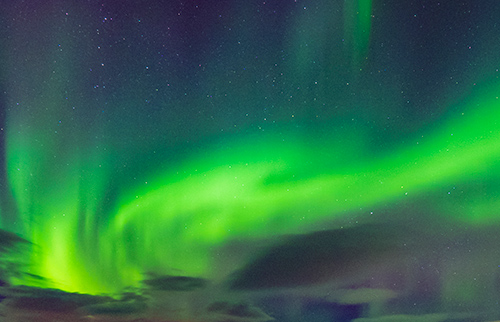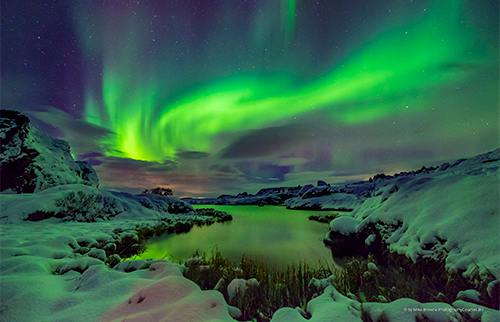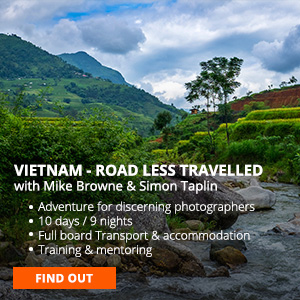Improve Composition by Using a Phone
Before we begin, let’s get something straight. You have to be creative will ALL aspects of photography, not just composition. Composition is a creative thing for sure, but so is how light or dark a photo is. That’s creative use of exposure for example.
How much front to back sharpness a photo has (depth of field) is also creative and could be said to be an aspect of the overall composition. That’s creative use of apertures and distance to subject. You get my meaning.
Composition is only how we arrange the subject or scene within the viewfinder, what to include or exclude - and how much of it. Just a tiny change can make the difference between an interesting composition and one that’s uninspiring.
Ever since I started training back in 2008 people ask, “Which settings did you use?” Camera settings are of course very important when used creatively as I just said, but one person’s settings won’t yield the same result for someone else unless they have the exact same composition, focal length lens, lighting etc at the same moment.
Even sensor size will make a difference because they have the effect of altering focal length and depth of field.
The only way to be creative with the settings is to first learn what each do so they can be put together correctly for what you want the photo to look like. There’s only 5 setting controls on a camera that are vital in my opinion and I’ll guide you through them and their uses in the Masterclass in Photography if you’re confused by all this.
Composition is controlled by arms, legs, hands, knees and where you stand, sit or lay down, that’s all. Like everything we want to get good at it tales a little knowledge - and a lot of practise. And what better way to practise and improve composition that with the one camera most of us have with us all the time. Our phones.
Some phones are capable of capturing very high quality images too so please don’t ignore them, or some golden opportunity just because you don’t have a ‘proper’ camera with you. Here’s a gallery of photos I took with an old iPhone.
Experiment, always. Try different angles, heights, using foreground, try shooting flat graphic compositions, leading lines for images with depth, tiny adjustments to focal length can make a world of difference.
Don’t just concentrate on the subject; look through the viewfinder at the whole photo. Ask yourself what looks better, a photo of the Northern Lights?

Or a landscape with the Northern Lights in it?

Should there be more of the rocks on the left - or less? More foreground? Would it be better from a higher angle? Try it and see because there's no right answer.
Phones are brilliant for improving your composition through practise because they’re almost always with us. So when you’re waiting for a train, to go into a meeting, for a friend to come round, the waitress to take your order or anything else, whip your phone out, look around and see what kind of compositions you can find.
Don’t be scared to get it “wrong”. There is no wrong; there are only these experiments with composition, which can all be deleted afterwards if you don’t like them.
By practising with a phone or any camera you're gaining experience and knowledge - and that gives you power. If you have this experience of composition and have practised you'll begin to instinctive appraise situations. So when you're hanging around hoping the Northern Lights will dance tonight, you'll be seeing composititional opportunities and be ready with ideas when they do.
Improving composition is the first step to being able to pre-visualise. In order to find your settings, you’ve got to pre-visualise how you want an image to look then reverse engineer it back to the settings you’ll need to do that.
The full 7 step thought process I use for that is in the 2nd course of my curriculum, The 7 Building Blocks Of Photography.












































